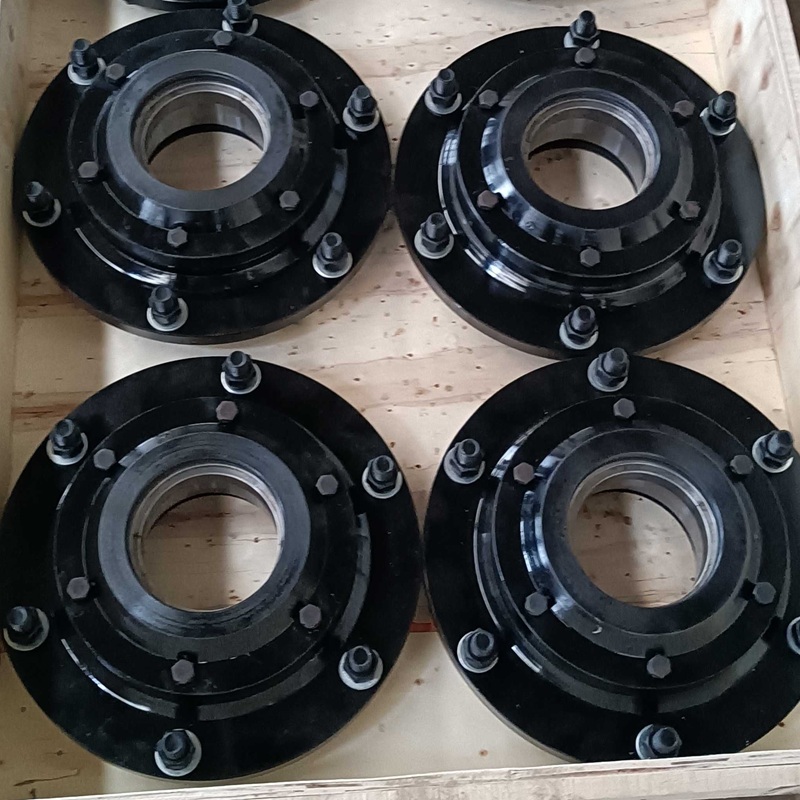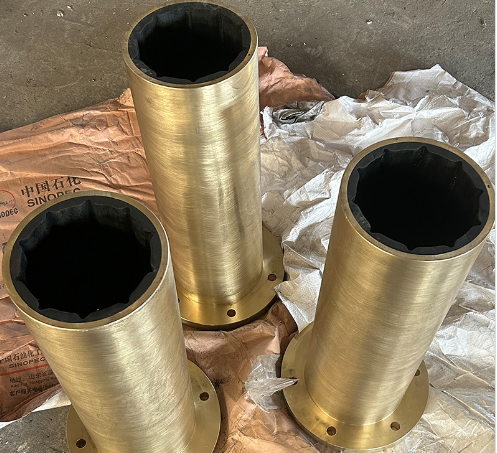Understanding Water-Lubricated Bearings: A Sustainable Solution for Industrial Applications
Release Time:
May 24,2025
Water-lubricated bearings are an increasingly popular choice in various industrial applications due to their unique advantages over traditional oil-lubricated systems. These bearings utilize water as a lubricant, offering a sustainable and environmentally friendly alternative. This article explores the fundamental principles, benefits, applications, and maintenance considerations associated with w
Water-lubricated bearings are an increasingly popular choice in various industrial applications due to their unique advantages over traditional oil-lubricated systems. These bearings utilize water as a lubricant, offering a sustainable and environmentally friendly alternative. This article explores the fundamental principles, benefits, applications, and maintenance considerations associated with water-lubricated bearings.
The core concept behind water-lubricated bearings is relatively straightforward. These bearings typically consist of a polymer or composite material that is compatible with water. When installed in an appropriate housing, a thin film of water is maintained between the bearing surface and the shaft, minimizing friction and wear. This lubrication method eliminates the need for oil, reducing environmental pollution and improving safety in applications where leaks could pose a risk.
One of the primary benefits of water-lubricated bearings is their resistance to corrosion. Traditional oil-lubricated bearings can suffer from contamination and degradation over time, particularly in harsh environments. In contrast, water lubrication can help mitigate these issues, as water itself does not break down in the same manner as oil. Additionally, water-lubricated bearings often exhibit lower thermal expansion rates, which can be advantageous in applications involving temperature fluctuations.
The versatility of water-lubricated bearings makes them suitable for various industrial applications. They are commonly used in marine environments, such as in ship propulsion systems and pump applications, where they can effectively operate in the presence of seawater. Furthermore, these bearings are increasingly being adopted in wastewater treatment facilities and other industrial sectors where water is readily available and oil contamination must be avoided.
To ensure optimal performance and longevity of water-lubricated bearings, proper maintenance is essential. Regular inspection of the bearing surface and monitoring of water quality can help prevent issues such as fouling or particle accumulation. It's also important to ensure that the water lubrication system is functioning correctly, as inadequate lubrication can lead to increased wear and potential failure of the bearing.
In conclusion, water-lubricated bearings represent a sustainable, efficient, and versatile solution for various industrial applications. Their inherent advantages, including corrosion resistance and compatibility with harsh environments, make them an appealing choice for businesses looking to enhance operational efficiency while promoting environmental responsibility. As industries continue to seek out eco-friendly alternatives, water-lubricated bearings are likely to see increased adoption and innovation in the future.
The core concept behind water-lubricated bearings is relatively straightforward. These bearings typically consist of a polymer or composite material that is compatible with water. When installed in an appropriate housing, a thin film of water is maintained between the bearing surface and the shaft, minimizing friction and wear. This lubrication method eliminates the need for oil, reducing environmental pollution and improving safety in applications where leaks could pose a risk.
One of the primary benefits of water-lubricated bearings is their resistance to corrosion. Traditional oil-lubricated bearings can suffer from contamination and degradation over time, particularly in harsh environments. In contrast, water lubrication can help mitigate these issues, as water itself does not break down in the same manner as oil. Additionally, water-lubricated bearings often exhibit lower thermal expansion rates, which can be advantageous in applications involving temperature fluctuations.
The versatility of water-lubricated bearings makes them suitable for various industrial applications. They are commonly used in marine environments, such as in ship propulsion systems and pump applications, where they can effectively operate in the presence of seawater. Furthermore, these bearings are increasingly being adopted in wastewater treatment facilities and other industrial sectors where water is readily available and oil contamination must be avoided.
To ensure optimal performance and longevity of water-lubricated bearings, proper maintenance is essential. Regular inspection of the bearing surface and monitoring of water quality can help prevent issues such as fouling or particle accumulation. It's also important to ensure that the water lubrication system is functioning correctly, as inadequate lubrication can lead to increased wear and potential failure of the bearing.
In conclusion, water-lubricated bearings represent a sustainable, efficient, and versatile solution for various industrial applications. Their inherent advantages, including corrosion resistance and compatibility with harsh environments, make them an appealing choice for businesses looking to enhance operational efficiency while promoting environmental responsibility. As industries continue to seek out eco-friendly alternatives, water-lubricated bearings are likely to see increased adoption and innovation in the future.
Keywords:



